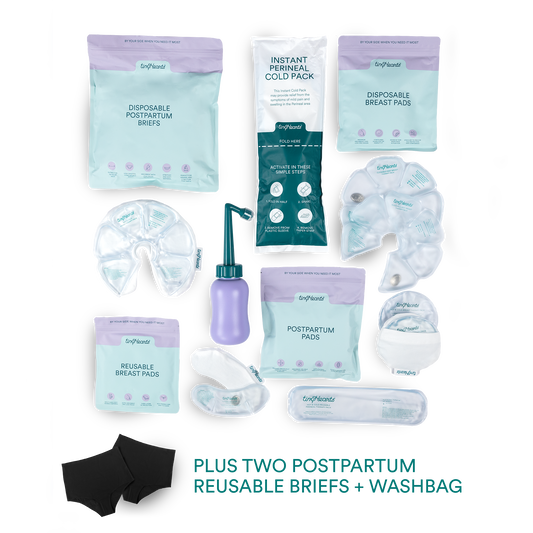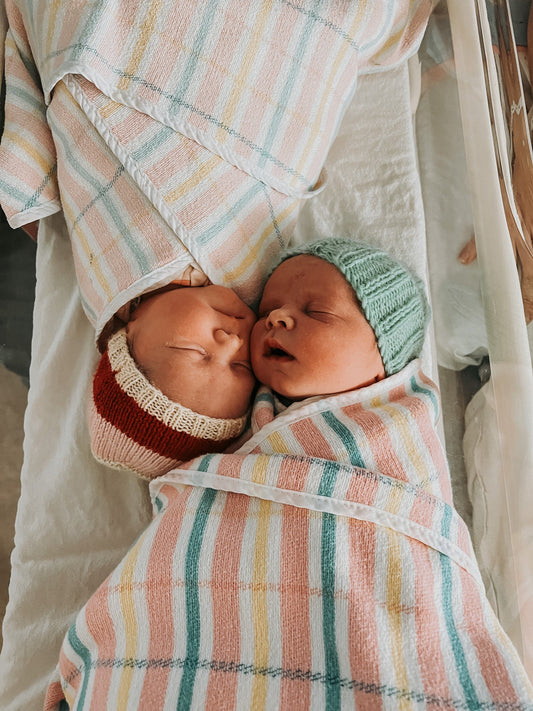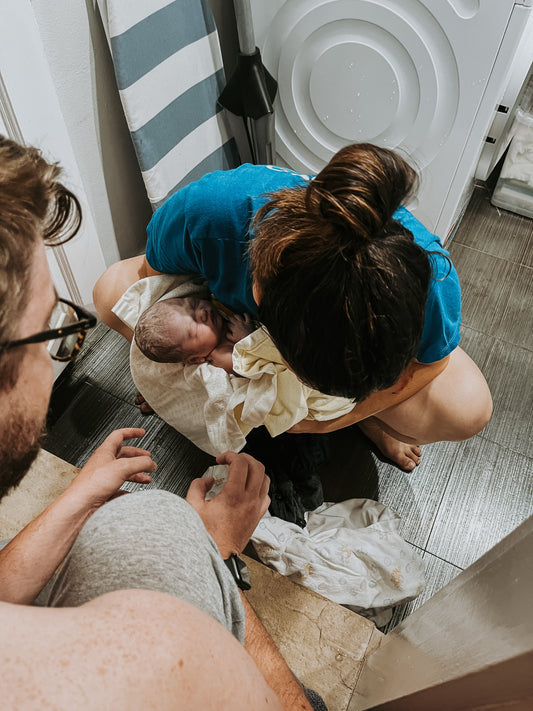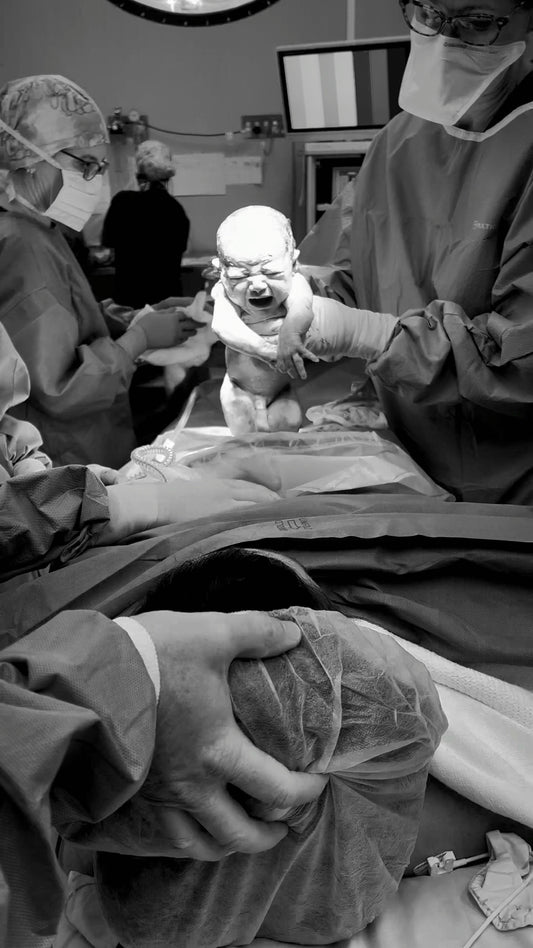Breath holding is extremely common in young children and can happen as often as once a day. Often referred to as a spell, it involves your child (usually aged 6 months to 6 years) holding their breath when they’re upset, frightened, hurt or had a minor accident. They will cry, catch their breath, then “hold it” without breathing. It’s not something they do on purpose, more of a reaction and it typically only lasts 30-60 seconds.
There are two main types of breath holding that can occur in your child; blue or pale spells. While both only last a few seconds, they do have some main differences as outlined below:
Blue spells, or cyanotic breath holding, are the most common. Although uncomfortable to watch, blue spells do not require any treatment and no long-term damage is done. They can happen when your child has hurt themselves or has become upset or frightened and can be characterised as:
- Crying or screaming
- Forcibly breathing
- Can turn a pale blue colour (usually around their mouth)
- In extreme cases, can lead to fainting
Pale Spells
Pale or pallid spells are less common than blue spells and are caused by a slow heart rate. No treatment is needed for a pale spell and your child will resume normal breathing in seconds. These spells can be characterised as:
- Opening of the mouth as if they’re going to cry but nothing comes out
- Pale or faint lookingJerky arm/leg movements and possibly loss of control with their bowels
- Sweating and tired when the spell passes
What to Do - During and After
This can be a frightening time but it will pass quickly! A few things you can do during a breath holding spell are:
- Stay calm! This will pass soonLay your child comfortably on their side for the remainder of the spell
- Don’t shake your baby, this will not promote breathing
- Reassure others around you what is happening, how it will pass soon and it is not harmful to your child
- After a spell, your child may be drowsy and seem disoriented; this is normal. There also may be some residual muscle twitching, although uncommon. Once they've recovered, reassure them that everything is okay and act normally. Don’t make a fuss or punish them.
Remember, breath holding is very common in young children and not harmful. Although distressing to watch, it will be over in a matter of seconds! If you notice your child having frequent spells (multiple in a day) or has a fit lasting longer than a few minutes, consult your doctor.
Keen to learn more about first aid and illnesses in children? Click here to learn about our baby and child first aid courses!







